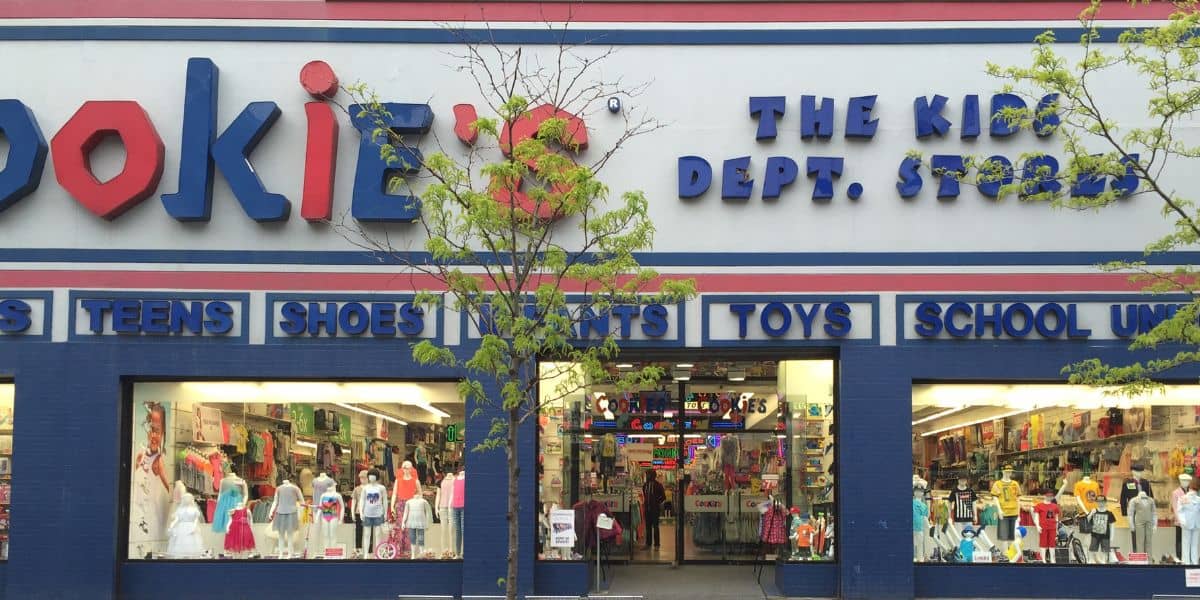DYNAMIC PRODUCT ADS CASE STUDY
Cookie's Kids
Client
Cookie's Kids
Services
Paid Social
Year
2019, 2020, 2021, 2022
Objective
Cookie’s Kids wanted to build awareness of its brand, attract net-new customers and increase website conversions and product sales.
Strategy
Because we wanted to show a wide variety of different product designs, we chose the dynamic ad format. Facebook’s algorithm was able to understand what types of products each customer was either searching for or in the market to buy. Then serving them with specific products pulled from the collections that match said users buying intent. With dynamic ads, we could target the people who had already shown intent on its website (by viewing products, but not buying).
Results

Tests
Top Metrics
Results
While maintaining consistent acquisition costs across social media, the results of this ongoing Facebook campaign have led to consistent sales throughout the last 4 years. Scaling spend to more than 40x compared to the beginning of the campaign and driving consistent ROI (346%) and lift in both Revenue & Brand Awareness (27.6%) compared to the US eCommerce norm (9.9%).

DYNAMIC PRODUCT ADS CASE STUDY
Cookie's Kids
Client
Cookie's Kids
Services
Paid Social
Year
2019
2020
2021
2022
Objective
Cookie’s Kids wanted to build awareness of its brand, attract net-new customers and increase website conversions and product sales.

Strategy
Because we wanted to show a wide variety of different product designs, we chose the dynamic ad format.
Facebook’s algorithm was able to understand what types of products each customer was either searching for or in the market to buy.
Then serving them with specific products pulled from the collections that match said users buying intent.
With dynamic ads, we could target the people who had already shown intent on its website (by viewing products, but not buying).
Results

TESTS

TOP METRICS
RESULTS
Scaling spend to more than 40x compared to the beginning of the campaign and driving consistent ROI (346%) and lift in both Revenue & Brand Awareness (27.6%) compared to the US eCommerce norm (9.9%).

